Dormant Oil Spray
steve333_gw
10 years ago
Featured Answer
Comments (25)
curtis
10 years agoRelated Professionals
Erie Landscape Architects & Landscape Designers · Glendora Landscape Architects & Landscape Designers · Port Royal Landscape Architects & Landscape Designers · Tempe Landscape Contractors · Choctaw Landscape Contractors · Cordele Landscape Contractors · Framingham Landscape Contractors · Kailua Landscape Contractors · Lorain Landscape Contractors · New Providence Landscape Contractors · Peoria Landscape Contractors · Welby Landscape Contractors · Wethersfield Landscape Contractors · Four Corners Landscape Contractors · Shenandoah Landscape Contractorsmrsg47
10 years agojimmy56_gw (zone 6 PA)
10 years agomrsg47
10 years agoltilton
10 years agoMichael
10 years agosteve333_gw
10 years agoalan haigh
10 years agoolpea
10 years agoltilton
10 years agoalan haigh
10 years agoalan haigh
10 years agoltilton
10 years agoalan haigh
10 years agoalan haigh
10 years agoltilton
10 years agoalan haigh
10 years agomilehighgirl
10 years agoalan haigh
10 years agoltilton
10 years agoMichael
10 years agoolpea
10 years agoalan haigh
10 years agomilehighgirl
10 years ago
Related Stories

MATERIALSInsulation Basics: What to Know About Spray Foam
Learn what exactly spray foam is, the pros and cons of using it and why you shouldn’t mess around with installation
Full Story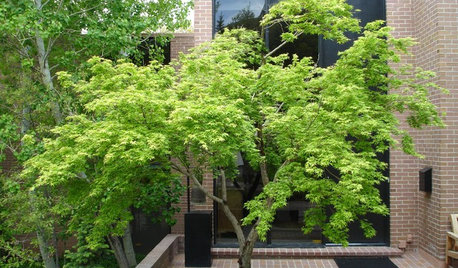
ROCKY MOUNTAINS GARDENINGRocky Mountain Gardener's February Checklist
Get smart with your seeds, strike with oil to manage pests and practice proficient pruning — your trees and shrubs will thank you
Full Story0
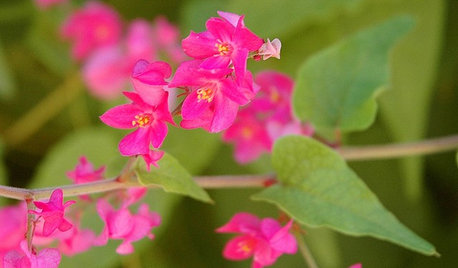
GARDENING GUIDESGreat Design Plant: Antigonon Leptopus in California and Desert Gardens
Dry climates can enjoy sprays of delicate pink flowers and heart-shaped leaves on this drought-tolerant, summer-flowering vine
Full Story
HOME INNOVATIONSNow Approaching the Emerald City
Urbanites are spraying moss graffiti on walls and covering roofs in plants — and city regulators and designers are supporting the cause
Full Story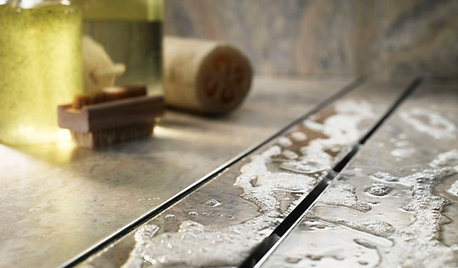
HOUSEKEEPING12 Cleaning Projects That Go a Little Deeper — Naturally
Eucalyptus oil for germy door handles. Baking soda for oven grime. Here are nontoxic solutions for often-overlooked cleaning jobs
Full Story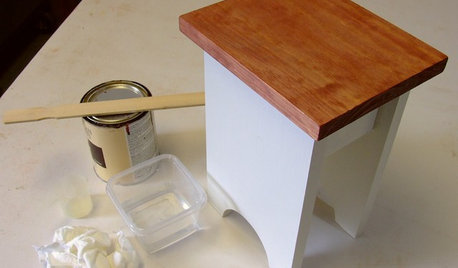
DIY PROJECTSCool Tip: Mimic Stain With a DIY Color Wash
Get the look of an oil-based stain without all the bother, using this easy wash made with paint
Full Story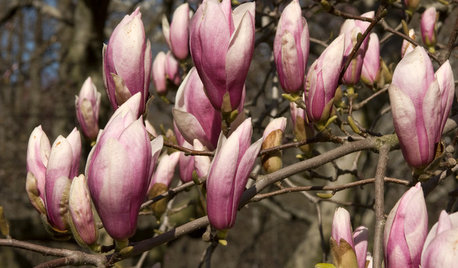
LANDSCAPE DESIGNGreat Design Plant: Saucer Magnolia
Witness its glorious spectacle in early spring, but this specimen tree brings other delightful visuals to a garden too
Full Story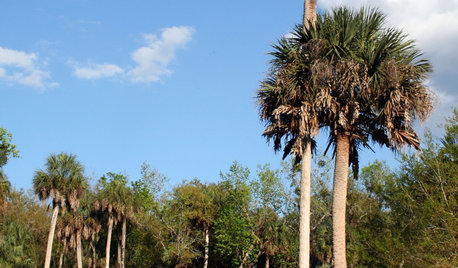
TREESGreat Design Plant: Sabal Palm Enchants in Balmy Sites
Towering and tolerant, this tree blends in, stands out and happily stars in vacation photos
Full Story
GARDENING GUIDES5 Best-Behaved Trees to Grace a Patio
Big enough for shade but small enough for easy care, these amiable trees mind their manners in a modest outdoor space
Full Story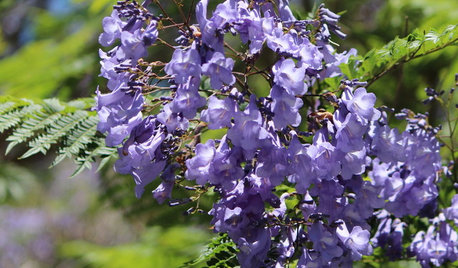
CALIFORNIA GARDENINGCalifornia Gardener's July Checklist
Bite into tree-fresh apricots, inhale delightful garden perfumes and continue planting vegetables for a late-summer harvest
Full StoryMore Discussions








milehighgirl